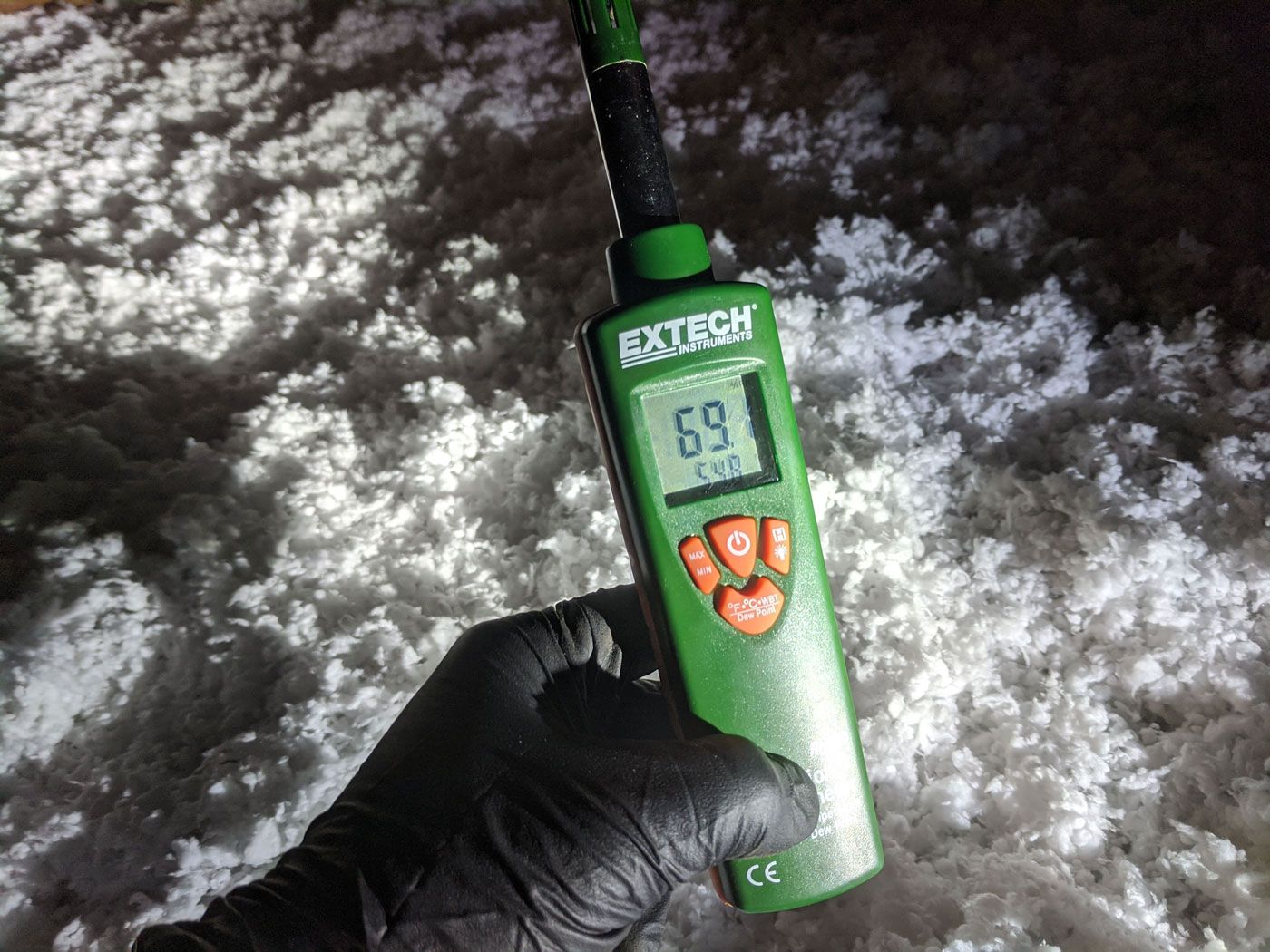Why is Mold Common in Myrtle Beach, SC?

Shore areas like Myrtle Beach are often wet and prone to mold growth due to their high humidity and proximity to water, which is why homeowners often encounter mold. What about Myrtle Beach makes it so likely to experience mold, especially in crawl spaces?
· One reason why shore areas like Myrtle Beach are often wet is the high humidity levels in these regions. Humidity refers to the amount of moisture in the air; high humidity levels can cause the air to feel muggy and damp. This is especially true in coastal areas, where the air is often saturated with moisture from the nearby ocean.
· Another reason why shore areas are often wet is due to their proximity to water. Coastal areas are prone to frequent rain and storms, which can cause flooding and contribute to the wetness of the region. In addition, the presence of nearby bodies of water can also increase the humidity levels in the air, which can further contribute to the dampness of the region.
The combination of high humidity and frequent moisture can create the ideal conditions for mold growth. Mold is a type of fungi that thrives in damp and humid environments, and it can grow on a wide range of materials, including wood, paper, and fabric. When mold grows in a home or other building, it can cause various problems, including musty odors, structural damage, and health issues.
Mold testing, removal, and remediation should be handled by trained personnel who values safety and health above all else. Reach out to us today for the best mold inspection Myrtle Beach offers.
To prevent mold growth in areas around a shore, it is vital to keep the indoor humidity levels low and to address any moisture issues promptly. This may involve using a dehumidifier, fixing leaks and water damage, and properly ventilating the space. It is also essential to regularly inspect for signs of mold growth and to clean and remove any visible mold as soon as possible. If you as much as think you have a mold problem, you need to call for professional mold inspection in Myrtle Beach, SC.



